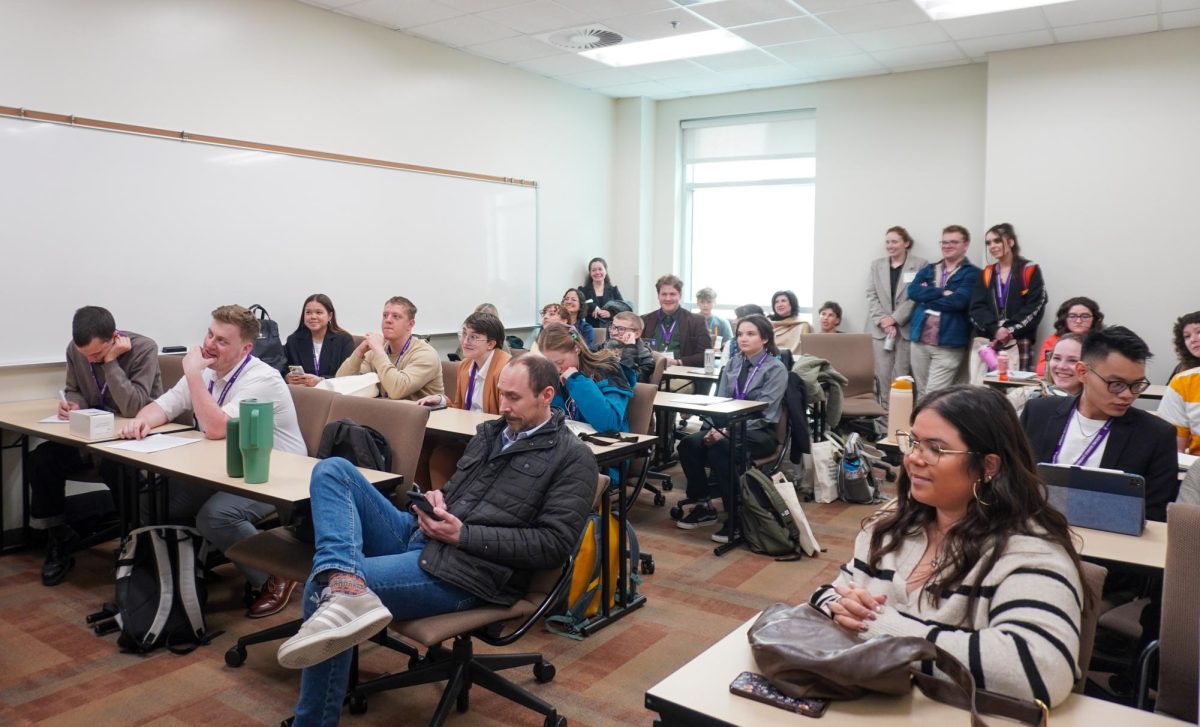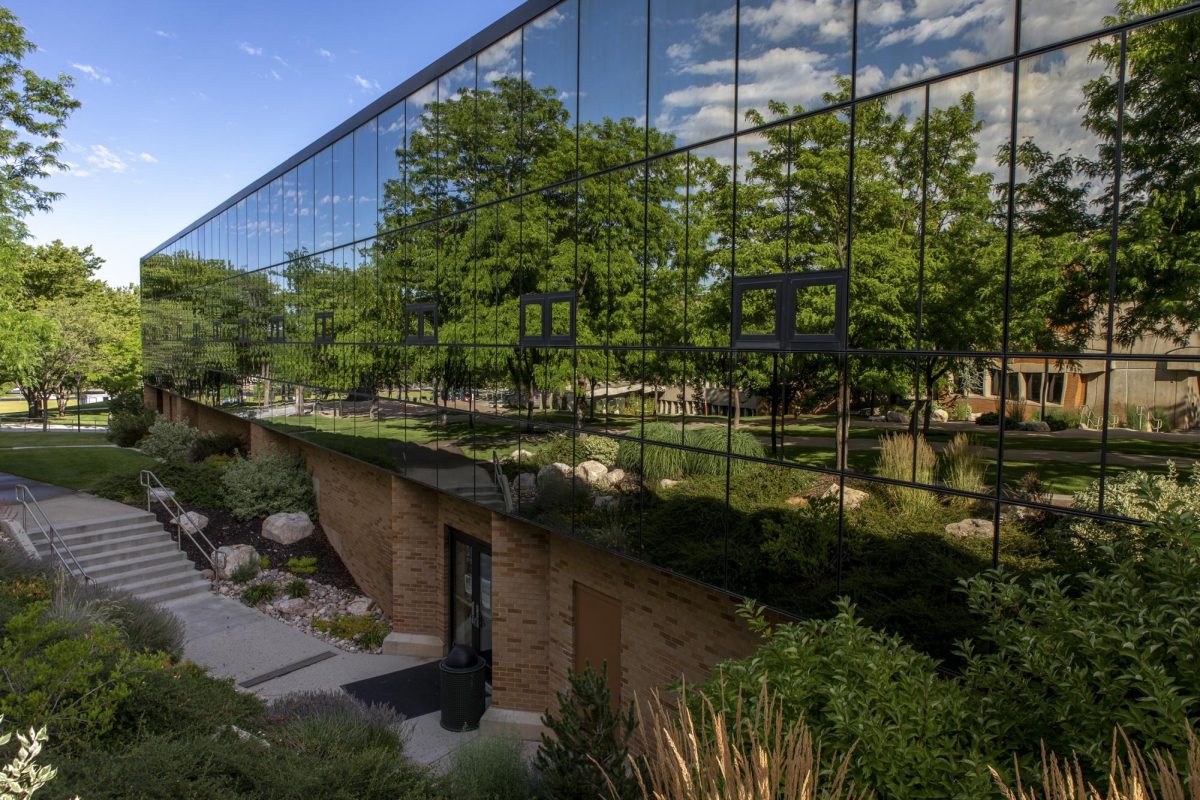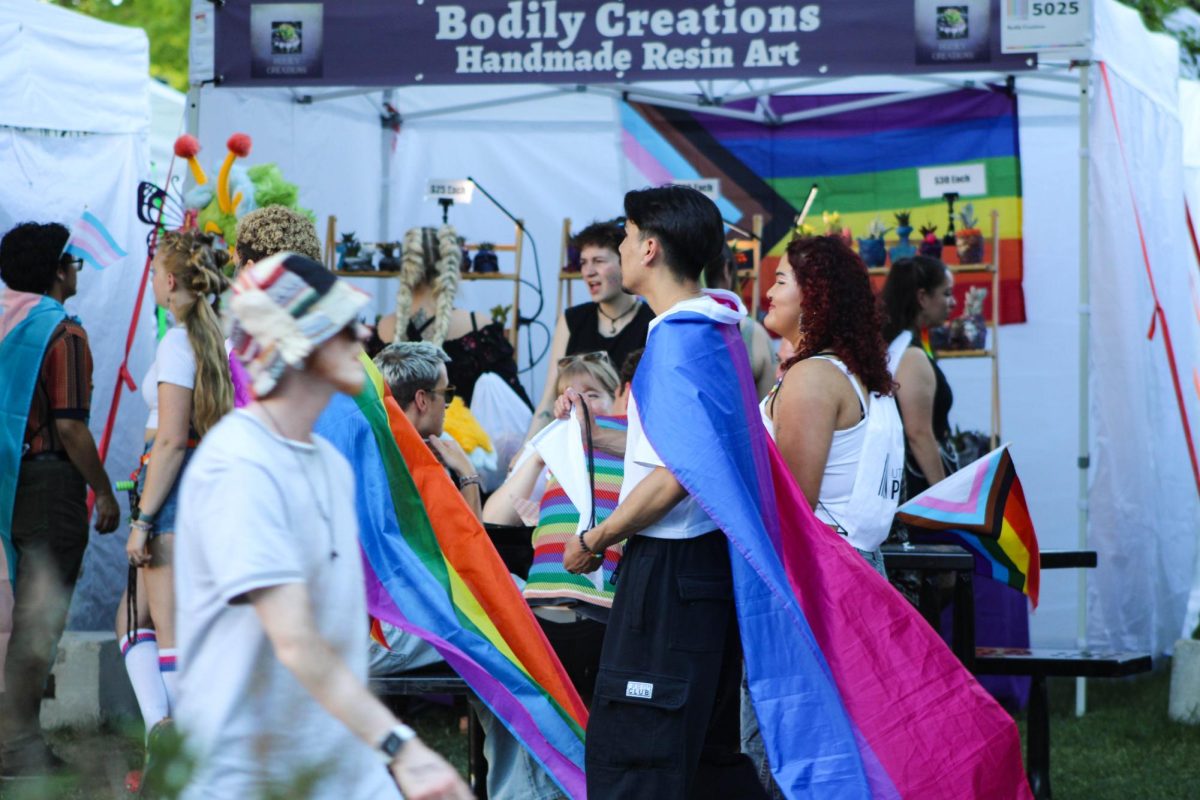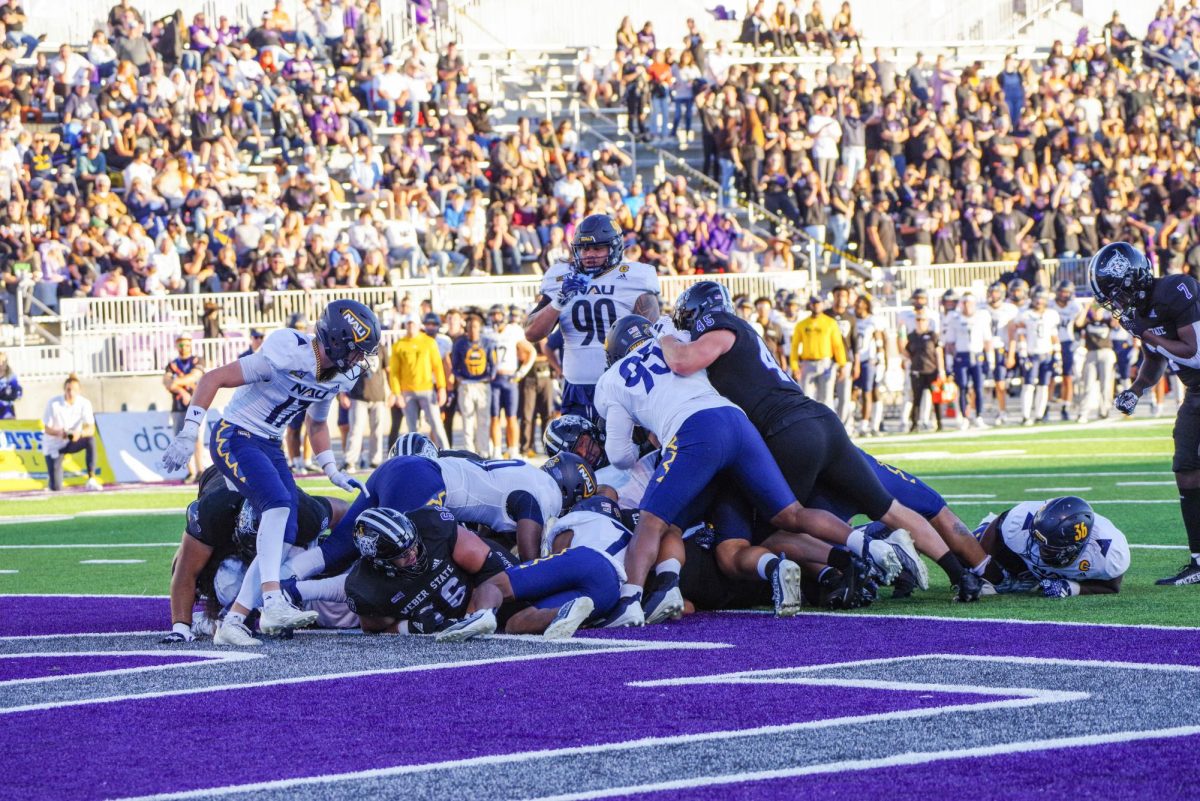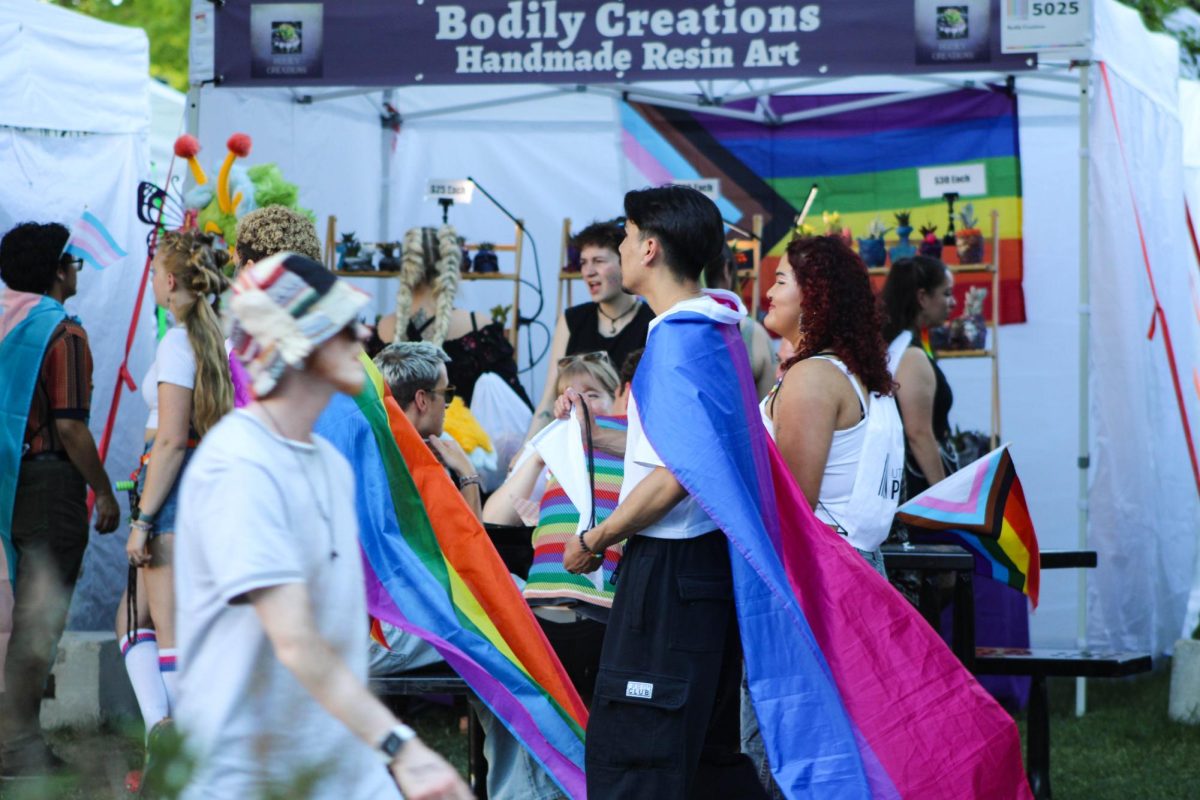
Weber State University Archives Director Jamie Weeks and coordinator Kandice Harris showcased their research findings on April 5 from 2–3 p.m. concerning the history of the university in the previous century.
Weeks and Harris presented to an audience of students and faculty members a chronological slideshow featuring a selection of captioned high-definition negatives.
Their work began four years ago when they came across an archive of 250,000 negatives that were in need of immediate preservation — an “untouched resource” deteriorating so rapidly that it smelled strongly of vinegar, Weeks remarked.
The University Archives staff scanned the negatives, then wrapped and moved them to cold storage. An approximate 90,000 negatives have been scanned as of April 5. There are still more to be placed into storage.
“It’s overwhelming when you’re in it,” Weeks said, “but it really becomes a project of love and all of those things because you put so much time into it, and you learned so much about it.”

According to the archivists, this was a never-before-seen collection of images and historical records, including student publications, catalogs, diaries from university founders and local newspapers. Weeks and Harris believed this was necessary to educate the college’s community about the university’s past.
“We felt strongly that, if we were going to do this as historians, it was for us to find our own primary sources and not use secondary sources,” Weeks said.
Their book, “Weber State University: 125 Years of History,” features a selection of 200 images and research compiled over a year, including oral histories from both students and faculty members.
Afterward, the audience browsed a collection of artifacts displayed at the back of the room: the Northern Utah Satellite prototype, original paintings of the campus and its buildings, Acorn yearbooks, record books and documents from university founders.


Alexis Stokes, a junior and staff member at WSU’s Digital Collections, said the university’s history is what makes it unique. She thought the research proved more about the school’s importance.
“A lot of people think, ‘Oh, it’s just Weber,’ but there’s a lot (more) to it than a lot of people think there is,” Stokes said.
Director of Academic Affairs Colby Peterson found the story of the Snake Dance to be particularly entertaining — when students would link hands and parade through the streets to bring attention to university events — a piece of information Peterson believes goes unnoticed.
“Every time they do something like this, it’s always the stories. Stories from the history of the university are what make it special,” Peterson said. “I like to have those smaller tidbits that they talk about.”

Amy Higgs, member of Digital Collections, enjoyed hearing about the founders’ sacrifices for the university, even if it meant selling their property. She believes it to be a testament to the value of education.
“I found it interesting how the community was so education-focused, and how they really promoted that learning environment and the education,” Higgs said. “The history is fascinating, and all of the artifacts that come with it.”






